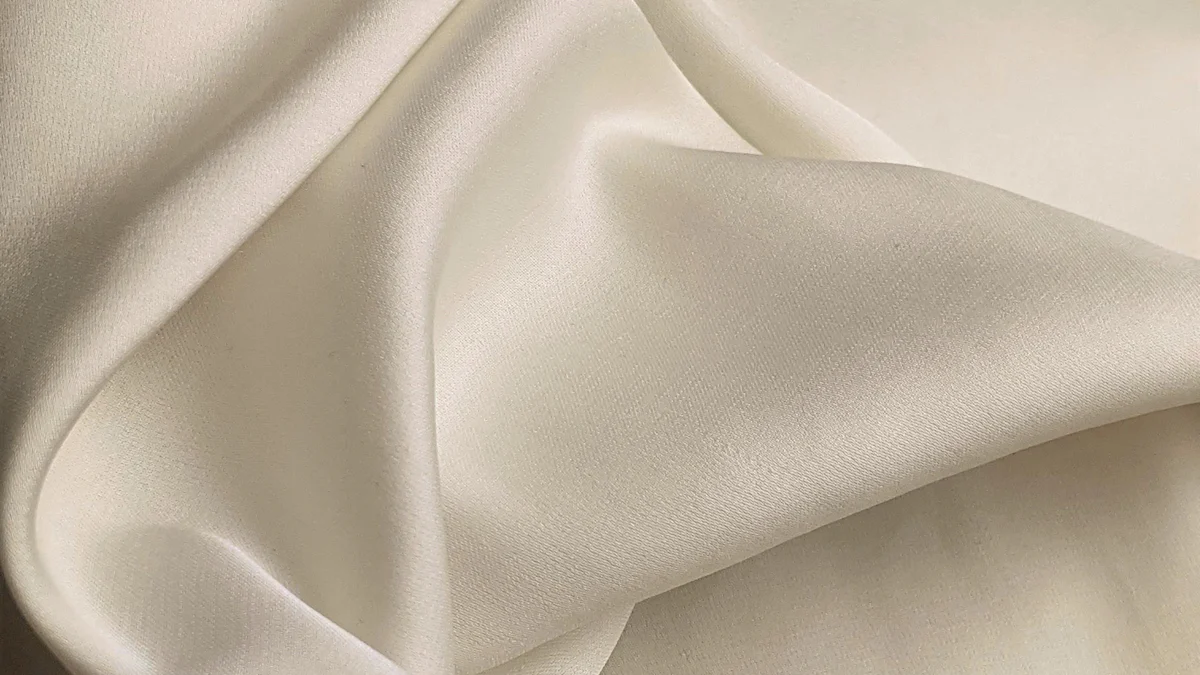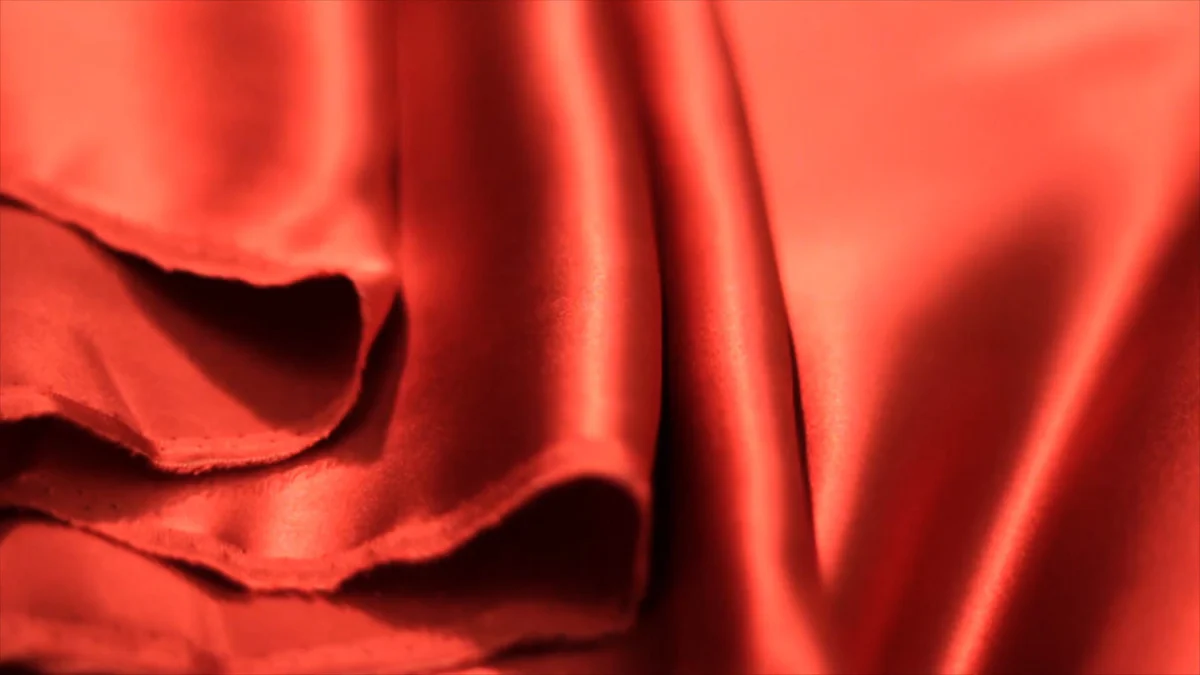
Silk, known for its luxurious feel and elegant appearance, requires delicate handling. Proper care ensures the longevity of silk garments. Machine washing often leads to common issues such as color fading, fabric weakening, and loss of luster. Many studies highlight that machine washing can leave silk ruined. For instance, experts recommend hand washing or dry cleaning to preserve the quality of silk items like a silk pillowcase. Understanding these challenges helps in maintaining the beauty and durability of silk.
Understanding Silk
What is Silk?
Origin and Production
Silk originated in ancient China. The Chinese discovered silk over 4,000 years ago. According to legend, a Chinese empress found silk when a silkworm cocoon fell into her tea. The empress saw the strong, shiny thread and began to cultivate silkworms.
Silk production spread through trade routes like the Silk Road. This route connected China to other empires. Silk became a valuable commodity. Other countries tried to develop their own silk industries. Nestorian monks smuggled silkworm eggs from China to the West. This led to sericulture spreading in Europe and Asia.
Characteristics of Silk
Silk has unique characteristics. The fabric feels smooth and luxurious. Silk fibers have a natural sheen. The material is lightweight yet strong. Silk can absorb moisture, making it comfortable to wear. The fabric also has good insulation properties. Silk keeps people warm in winter and cool in summer.
Why Silk is Delicate
Fiber Structure
Silk fibers have a delicate structure. Each fiber consists of proteins. These proteins form a triangular prism shape. This shape gives silk its natural luster. The fibers are fine and smooth. Abrasion can easily damage them. The fibers can break under stress.
Sensitivity to Water and Detergents
Water can affect silk negatively. Silk absorbs water quickly. This can weaken the fibers. Detergents can also harm silk. Many detergents contain harsh chemicals. These chemicals can strip silk of its natural oils. This leads to a loss of luster and strength. Special detergents for silk help maintain its quality.
Common Issues with Washing Silk in a Machine

Physical Damage
Abrasion and Friction
Machine washing can cause silk ruined by abrasion and friction. The drum’s movement creates friction between silk garments and other items. This friction leads to snags, tears, and a rough texture. Silk fibers are delicate and cannot withstand such mechanical stress. The fabric loses its smoothness and sheen.
Stretching and Shrinking
Silk garments often stretch or shrink in the washing machine. The agitation and spinning cycles cause the fabric to lose its shape. Silk fibers are sensitive to tension and pressure. Stretching results in misshapen garments, while shrinking makes them unwearable. This damage leaves silk ruined and unusable.
Chemical Damage
Detergent Residue
Regular detergents contain harsh chemicals that leave residue on silk. These chemicals strip away the natural oils from the fibers. The loss of oils causes the fabric to become brittle and dull. Special detergents designed for silk help maintain its quality. However, improper use of regular detergents leaves silk ruined.
pH Imbalance
Silk fibers are sensitive to pH levels. Many detergents have a high pH, which harms the fabric. A pH imbalance weakens the fibers and affects their structure. The result is a loss of strength and luster. Using a detergent with a balanced pH is crucial. Otherwise, the fabric ends up silk ruined.
Environmental Factors
Temperature Sensitivity
High temperatures cause significant damage to silk. Hot water weakens the fibers and leads to shrinkage. Cold water is ideal for washing silk. High heat during drying also damages the fabric. Air drying is the best method to preserve silk. Exposure to high temperatures leaves silk ruined.
Mechanical Agitation
Mechanical agitation in washing machines poses a threat to silk. The constant movement and spinning stress the fibers. This agitation causes wear and tear, leading to permanent damage. Using a mesh laundry bag can protect silk items. Without protection, the fabric becomes silk ruined.
Proper Care for Silk Garments

Hand Washing Techniques
Hand washing remains the safest method for cleaning silk garments. This technique minimizes the risk of damage and preserves the fabric’s integrity.
Suitable Detergents
Use a mild detergent specifically designed for silk. Regular detergents contain harsh chemicals that strip away natural oils from the fibers. Special silk detergents maintain the fabric’s luster and strength. Always check the label to ensure compatibility with silk.
Water Temperature
Cold or lukewarm water works best for washing silk. Hot water weakens the fibers and causes shrinkage. Fill a basin with cold or lukewarm water, then add the suitable detergent. Gently agitate the water to create suds before submerging the garment.
Using a Washing Machine Safely
Although hand washing is preferable, using a washing machine can be safe if done correctly. Follow specific guidelines to minimize risks.
Gentle Cycle Settings
Select the delicate or gentle cycle on the washing machine. These settings reduce mechanical agitation and protect the fabric. Use a high water level to further cushion the garment. Avoid using the spin cycle, as it can stretch and distort the silk fibers.
Protective Measures (e.g., laundry bags)
Place silk garments in a mesh laundry bag before washing. The bag reduces friction and prevents snags. Avoid overloading the machine to ensure proper movement and cleaning. Separate silk items from heavier fabrics to prevent abrasion.
Drying and Storing Silk
Proper drying and storage techniques are crucial for maintaining silk’s quality. Incorrect methods lead to damage and reduced lifespan.
Air Drying Methods
Air drying is the best method for drying silk. Lay the garment flat on a clean, dry towel. Roll the towel to remove excess water, then lay the garment flat on another dry towel. Avoid direct sunlight, as it can fade colors and weaken fibers. Hang silk garments in a cool, dry place to finish drying.
Proper Storage Practices
Store silk garments appropriately to maintain their shape and quality. Use wooden or padded hangers for items like silk shirts. Avoid plastic dry-cleaning bags, as they trap moisture and cause damage. Store garments in cotton bags to allow them to breathe. Keep silk items in a cool, dark wardrobe to prevent exposure to light and heat.
Expert Testimony:
Kolodinski, a silk care expert, advises that even “dry clean only” silk garments can be handwashed. However, avoid washing finer or patterned silk that may not be colorfast.
McCorkill, another silk care expert, emphasizes the importance of prompt washing or dry cleaning to prevent sweat and deodorant stains from damaging the fabric.
Additional Tips and Recommendations
Spot Cleaning
Immediate Action Steps
Immediate action is crucial when dealing with stains on silk. Blot the stain gently with a clean, white cloth to absorb excess liquid. Avoid rubbing, as this can damage the delicate fibers. Rinse the stained area with cold water to prevent the stain from setting.
Suitable Cleaning Agents
Use a mild detergent specifically designed for silk. Products are ideal for spot cleaning. Apply the detergent to a clean cloth and dab the stain gently. Rinse thoroughly with cold water to remove any residue. Avoid using bleach or harsh chemicals, as these can ruin the fabric.
Professional Cleaning Services
When to Seek Professional Help
Consider professional cleaning services for heavily soiled or intricate silk garments. Items such as silk pillowcases often require expert care to maintain their quality. Stains from sweat or deodorant should be professionally cleaned to prevent permanent damage.
Choosing a Reliable Cleaner
Select a cleaner experienced in handling silk. Look for reviews and testimonials from other customers. Kolodinski, a silk care expert, recommends handwashing even “dry clean only” items, but professional help is essential for finer or patterned silk. McCorkill emphasizes prompt cleaning to avoid long-term damage from stains.
Proper silk care remains essential for preserving the fabric’s elegance and longevity. Avoiding machine washing prevents common issues like color fading, fabric weakening, and loss of luster. Key points include:
- Hand washing with mild detergents
- Using cold or lukewarm water
- Air drying and proper storage
Maintaining silk garments requires diligence and attention to detail. Opt for hand washing or professional dry cleaning to ensure the best results. These practices will help keep silk garments beautiful and durable for years.
Post time: Jul-08-2024
